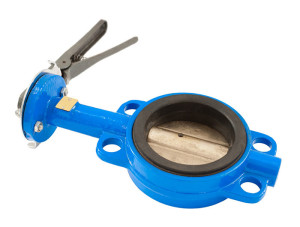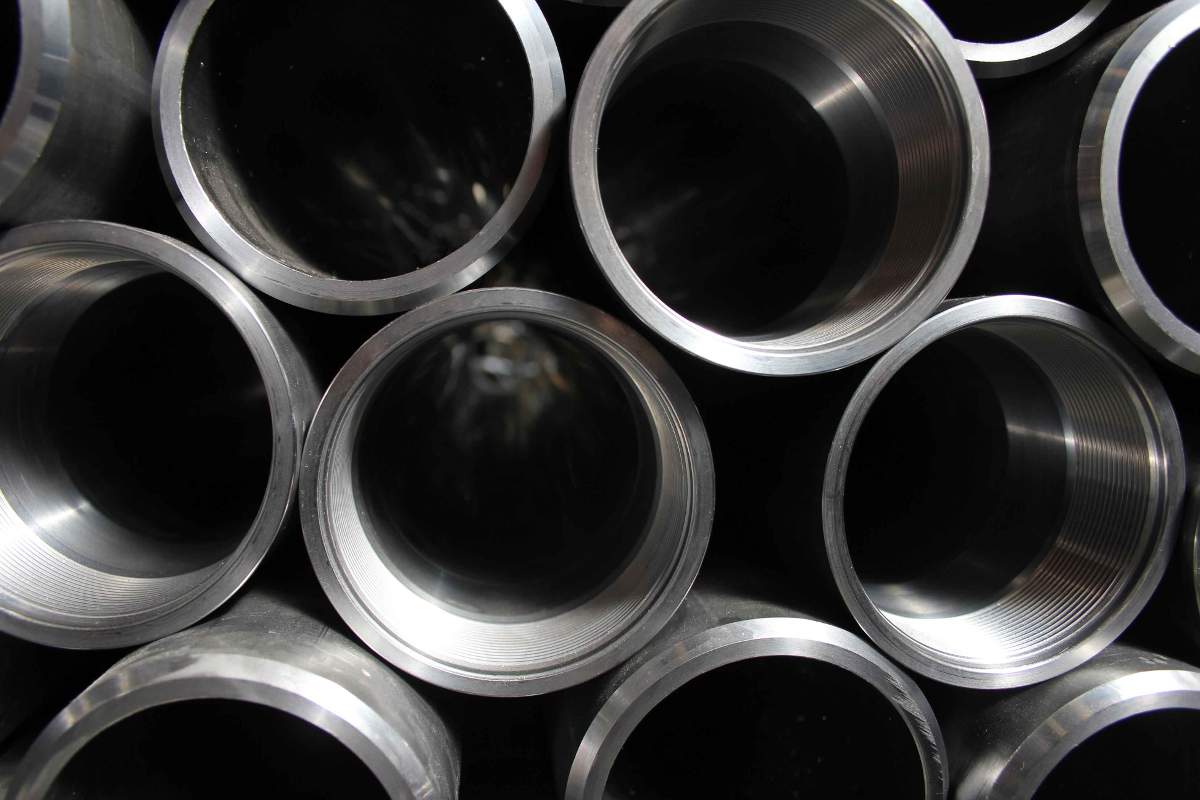It may seem logical to assume that all stainless steel fittings sold for use in sanitary processing would be top quality fittings, but this is often not the case. There are products on the market, largely offered through online auctions, which are simply not designed to stand up to the demands of food and beverage product, even though they might be marketed as appropriate for those applications.
It is always a good option to buy stainless steel tube fittings from a recognized, reputable and established distributor. These companies take the time to check and verify the manufacturers, ensuring quality food grade stainless and optimal designs on all of the fittings they sell.
These distributors sell large volumes of these stainless steel fittings, so they have feedback from their customers. If there is a quality concern with the fittings, the distributor can immediately address the problem.
Corrosion Resistance
To be considered for use in sanitary processes and for water treatment or other similar types of applications, the stainless must meet minimum requirements for the amount of chromium in the alloy. Most commonly, stainless steel tube fittings used in food and beverage production will be 304 or 316 grade stainless steel.
These grades of stainless steel tube fittings are considered to be very corrosion resistant, with the 316 grade of stainless suitable for a wider range of applications as it is highly resistant to damage from exposure to salts.
Handling Fittings
It is important to minimize any type of scratching to the surface of the stainless steel fittings during the installation process. This is most important on the interior surface where deep and significant scratches can result in corrosion occurring in the fitting in a relatively short period of time.
This is also important during the manufacturing of the fittings. Top companies producing these fittings use careful quality control measures to eliminate any interior defects or surface damage during bending, forming, machining or welding.



